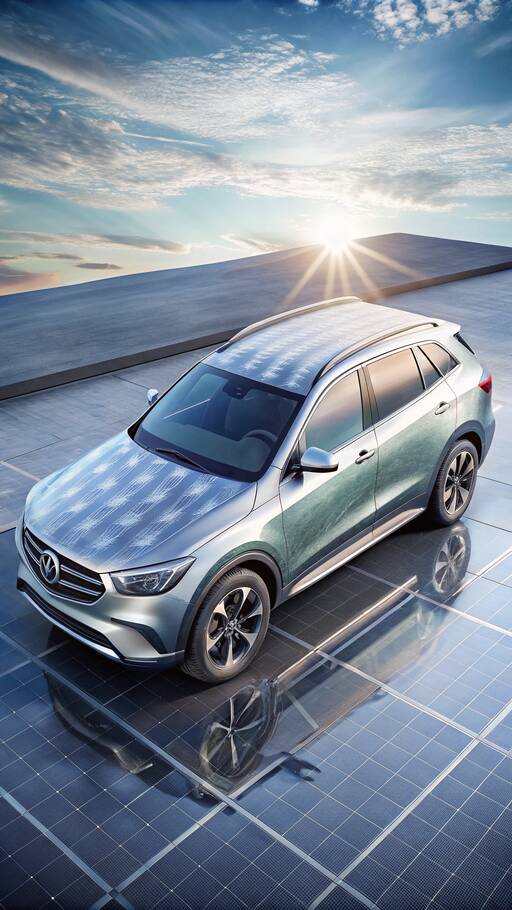
At their R&D hub in Sindelfingen, Germany, Mercedes has unveiled plans for a photovoltaic material starting as a paste, which is applied to car panels in ultra-thin layers—just 5 micrometers thick. Coating an entire mid-size SUV in this material could provide 118 square feet of solar-absorbing surface, a significant advancement from the typical 32 square feet of existing panels.
Under ideal conditions, this technology might enable a car to cover approximately 12,500 miles annually in sunny Los Angeles and 7,500 miles in cloudier Stuttgart. The paint doesn't depend on rare materials but instead focuses on accessible, non-toxic resources.
To operate, each panel must be wired to a power converter, which directs energy to the battery or motors. The solar paste is protected with a nanoparticle-based topcoat, capturing 94% of solar energy while offering a variety of color options. Darker shades gather more energy, reaching up to 20% conversion efficiency, which matches today's best solar panels.
Still in the research phase, Mercedes' public discussion suggests potential. If successful, this innovation could lead us to an era of cars powered by the sun.
Summary: Mercedes-Benz is developing solar paint that could revolutionize electric vehicles by harnessing solar energy, reducing the need for plugging in. This promising technology could potentially allow cars to run on solar power alone, offering a glimpse into a future with more sustainable transportation.